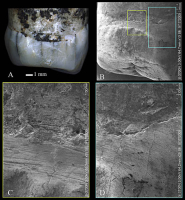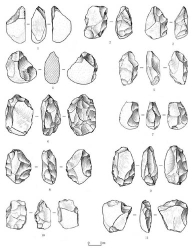 |
New Paleolithic Sites Discovered in Hanzhong Basin, Central China |
| The catchment of Hanjiang River is regarded as one of the most important Paleolithic sites in central China. During 2009-2012, a scientific team led by Dr. WANG Shejiang, Institute of Vertebrate Paleontology and Paleoanthropology (IVPP) of the Chinese Academy of Sciences, conducted surveys and discovered two new Pal... |
|
|
|
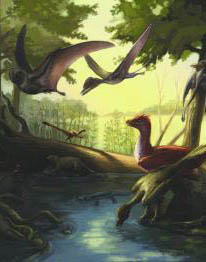 |
The Incredible Daohugou Biota Reveals the Jurassic Life of Northeast Asia |
| A new paper published in the Journal of Vertebrate Paleontology 34 (2) described 30 Jurassic creatures – five salamanders, one anuran, two lizards, 13 pterosaurs, five dinosaurs, and four mammals from the so-called Daohugou Biota, a fossil assemblage newly named after a village near one of the major localities in I... |
|
|
|
|
|
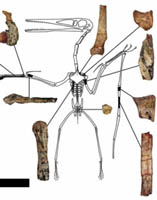 |
Oldest Pterodactyloid Species Discovered in Northwest China |
| The pterodactyloid is a group of short-tailed pterosaurs with elongate-metacarpus that appeared in the middle Late Jurassic and quickly became the most diverse pterosaur group, replacing all others. A Sino-American expedition team lead by Dr. XU Xing, Institute of Vertebrate Paleontology and Paleoanthropology (IVPP)... |
|
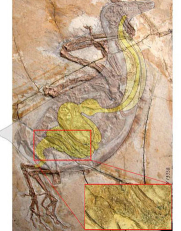 |
New Specimens of Yanornis Indicate a Digestive System of Living Birds |
| In a recent paper describing ten new specimens of Yanornis martini identified by the director of the Shandong Tianyu Museum of Natural History Mr. Xiaoting Zheng, an international team of scientists lead by Dr. Jingmai O’Connor of the Institute of Vertebrate Palaeontology and Paleoanthropology (IVPP), Chinese Acade... |
|
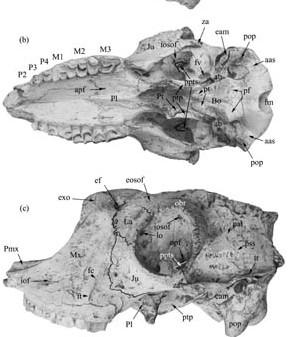 |
Bizarre Bovid Species Found from the Late Miocene of Linxia Basin, China |
| Numerous Neogene mammal fossils have been excavated in Hezheng area, Gansu province since the 1970s. Two fossil skulls of a bizarre bovid were discovered in recent years. In an article published in the journal of Science China (Earth Sciences) 57 (2), Dr. SHI Qinqin, Institute of Vertebrate Paleontology and Paleoant... |
|
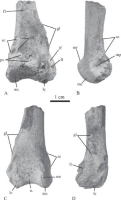 |
Large Anseriform Fossils Found From the Late Eocene of Xinjiang, China |
| The fossil record of anseriforms in the Paleogene of the Northern Hemisphere is somewhat limited in terms of its overall diversity. Much of that early Cenozoic record is of the extinct Presbyornithidae, known from the Middle Paleocene through the Middle Eocene. Drs. Thomas A. Stidham and NI Xi-Jun, Institute of Vert... |
|
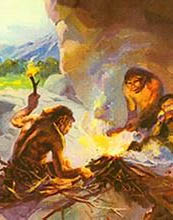 |
New Analyses Verify the Use of Fire by Peking Man |
| Zhoukoudian Locality 1 in northern China has been widely known for the discovery of the Middle Pleistocene human ancestor Homo erectus pekinensis ( known as Peking Man ) since the 1920s. By 1931, the suggestion that the Zhoukoudian hominins could use and control fire had become widely accepted. However, some analyse... |
|



